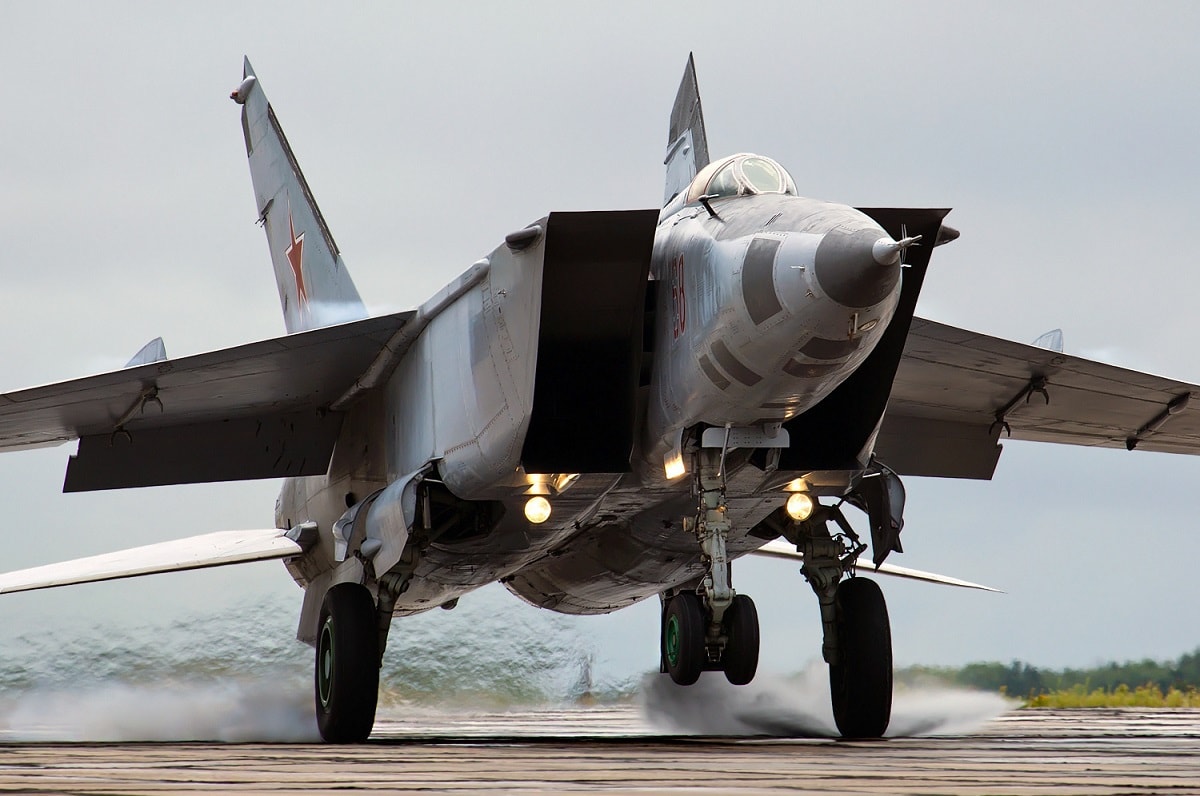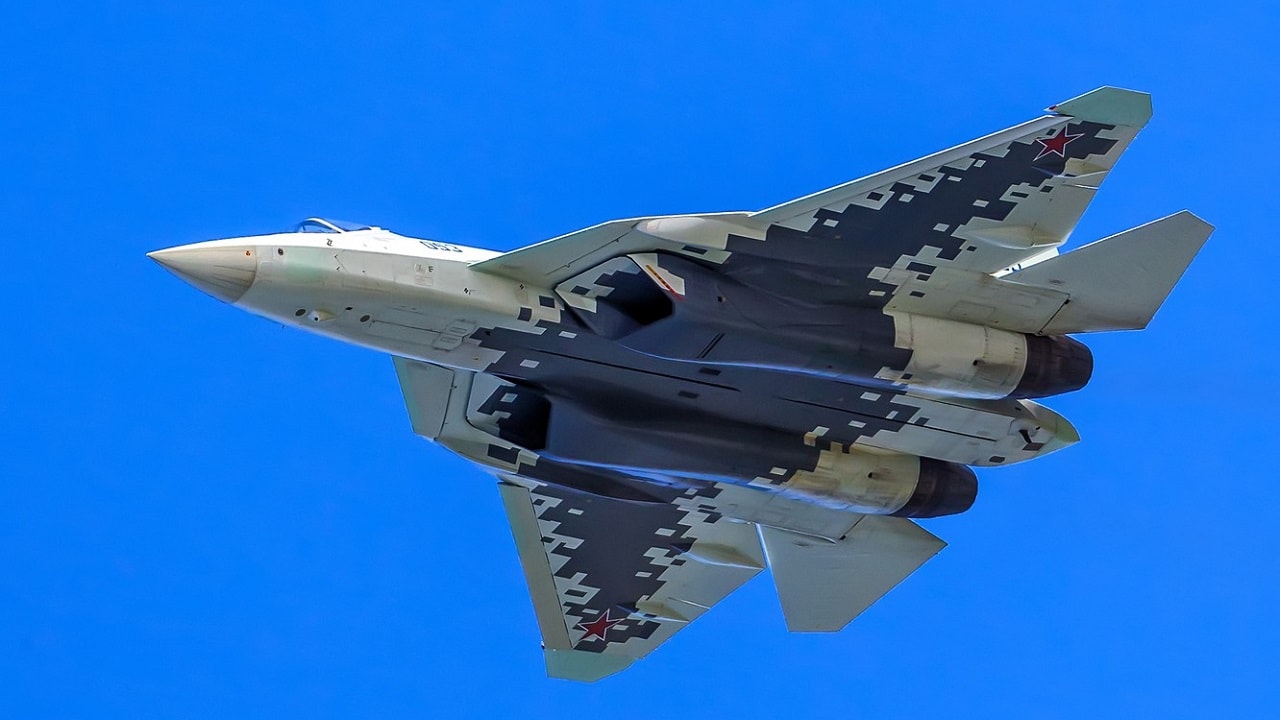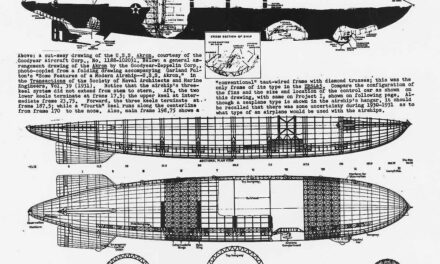We support our Publishers and Content Creators. You can view this story on their website by CLICKING HERE.
Key Points: In 1976, Soviet pilot Viktor Belenko defected to Japan in a MiG-25 Foxbat, providing the West with unprecedented access to the highly touted fighter-bomber.
-Initially believed to be a game-changing aircraft capable of outmatching U.S. fighters like the F-4 Phantom II and even threatening the SR-71 Blackbird, the MiG-25 was revealed to be overrated.
-Western analysts found it cumbersome, with poor maneuverability, outdated technology, and limited combat capabilities. Belenko’s daring act highlighted the Soviet reliance on propaganda and changed perceptions of its airpower.
The Story of the MiG-25 Foxbat That Didn’t Change History
This was a defection from the Soviet Union worthy of a Hollywood movie. It featured a frustrated Russian fighter pilot who turned on his country. Then, there was a remarkable new fighter-bomber that the West was petrified of. Finally, it all created a considerable disappointment once the United States got its hands on what it thought was a magnificent jet.
MiG-25: It Took a Soviet Pilot Brave Enough to Defect
Our story starts with Viktor Belenko, who flew the fearsome MiG-25 Foxbat fighter bomber.
This airplane was amazing for its age (it was first unveiled in 1967) and appeared to be dominant, with features and specs beyond anything the U.S. Air Force had in its inventory.
Belenko, like many frustrated Soviets, thought his government was corrupt and feared the economy would someday collapse.
He had his eye on the United States to answer all of his dreams and alleviate his disdain for his Homeland.
Now Things Got Interesting
The 29-year-old MiG-25 pilot was also getting a divorce from his wife and was ready to make a life-changing move.
Image: Creative Commons.
He had nothing to lose and everything to gain by defecting. On September 6, 1976, Belenko was flying his Foxbat on a routine patrol near his home base of Vladivostok, and he decided to make a run for it.
The pilot steered his Foxbat away from the formation and headed to Japan. Belenko wanted to fly to a military base but was diverted to a civilian airport in Hakodate because he was running out of fuel. The landing was dangerous as he only had about 30 seconds of gas in the tank.
Japanese and U.S. intelligence analysts were ecstatic. The airplane was new, and Belenko even had the technical manual with all the information needed to discern its unique capabilities.
The MiG-25 Appeared to Be Dominant
Now, about that airplane.
The MiG-25 looked like it would change the balance of aerial combat in the Soviet Union’s favor. American technicians pored over satellite images of the Foxbat.
It was prominent with enormous engines and looked like it could pack a punch. Then, it was finally introduced to the public, and the Americans were worried. This hot rod was going to be better than the F-4 Phantom II.

Image: Creative Commons.
When the MiG-25 prototypes took to the air, it appeared to be dominant. Several world records fell.
HistoryNet.com said it best, “The prototypes set 29 speed, altitude and time-to-climb records, some of which still stand. For pure speed, they notched 1,852 mph. They could climb to 98,425 feet in four minutes and 3.86 seconds and ultimately reached an absolute altitude record of 123,520 feet.”
Could It Change the Aerial Order of Battle?
Oh, my goodness. This airplane was a beast and gave American air battle planners headaches and probably caused many to lose sleep. Not only was the MiG-25 better than an F-4, but it could even challenge an SR-71 Blackbird.
What if it even shot the spy plane down? The Foxbat was the size of a bomber that reminded observers of the B-17. It was even heavier than the eminent World War Two warbird.
How could something that big fly that high and fast?
The Truth Hurts
But now, the Americans and Japanese finally got their hands on the Foxbat thanks to Belenko’s daring defection. They took it apart piece by piece for a couple of months and were astounded. The MiG-25 was way over-rated.
The weight made it difficult to maneuver. The records it set were pure nonsense. It didn’t have the range the Soviets bragged about. It couldn’t be refueled in the air. The G-force rating was never in the league of the average fighter. The radar was laughable. The Foxbat had no guns and could only carry two paltry missiles.
House of Cards Crumbles for MiG-25
Now the panic settled down, and the Americans and Japanese were relieved, but not that surprised. The Soviets loved their propaganda, and the Foxbat took the cake for marketing over substance.
It makes you wonder if today’s newfangled fifth-generation Russian fighters like the Su-57 and Su-75 are worth their salt. Maybe a new pilot from Russia should defect with one of the stealth birds and allow the U.S. Air Force technicians to tear into it.

Su-57 stealth fighter. Image Credit: Creative Commons.
The MiG-25 has to go down as one of the most hyped fighter-bombers that never lived up to its reputation. It was a good thing that Belenko stole it. Meanwhile, the F-4 maintained its excellent track record in combat and even increased in foreign air forces.
The SR-71 flew its important spy missions, and the MiG-25 never changed history as it once was feared. The Soviet Air Force was just not what it seemed.
About the Author: Dr. Brent M. Eastwood
Brent M. Eastwood, PhD, is the author of Don’t Turn Your Back On the World: A Conservative Foreign Policy and Humans, Machines, and Data: Future Trends in Warfare, plus two other books. Brent was the founder and CEO of a tech firm that predicted world events using artificial intelligence. He served as a legislative fellow for U.S. Senator Tim Scott and advised the senator on defense and foreign policy issues. He has taught at American University, George Washington University, and George Mason University. Brent is a former U.S. Army Infantry officer. He can be followed on X @BMEastwood.

 Conservative
Conservative  Search
Search Trending
Trending Current News
Current News 





